Hiking is one of the few sports activities that almost everyone enjoys doing. It can help you discover the beauty of nature, but most importantly, it’s an activity that can help you relax your mind. Getting rid of all tension that has been accumulated in your body and mind is fundamental, and it seems that nature has its own way of healing. If you are a new fan of hiking and want to experience its restorative powers, you should start first by stocking on the right essentials.
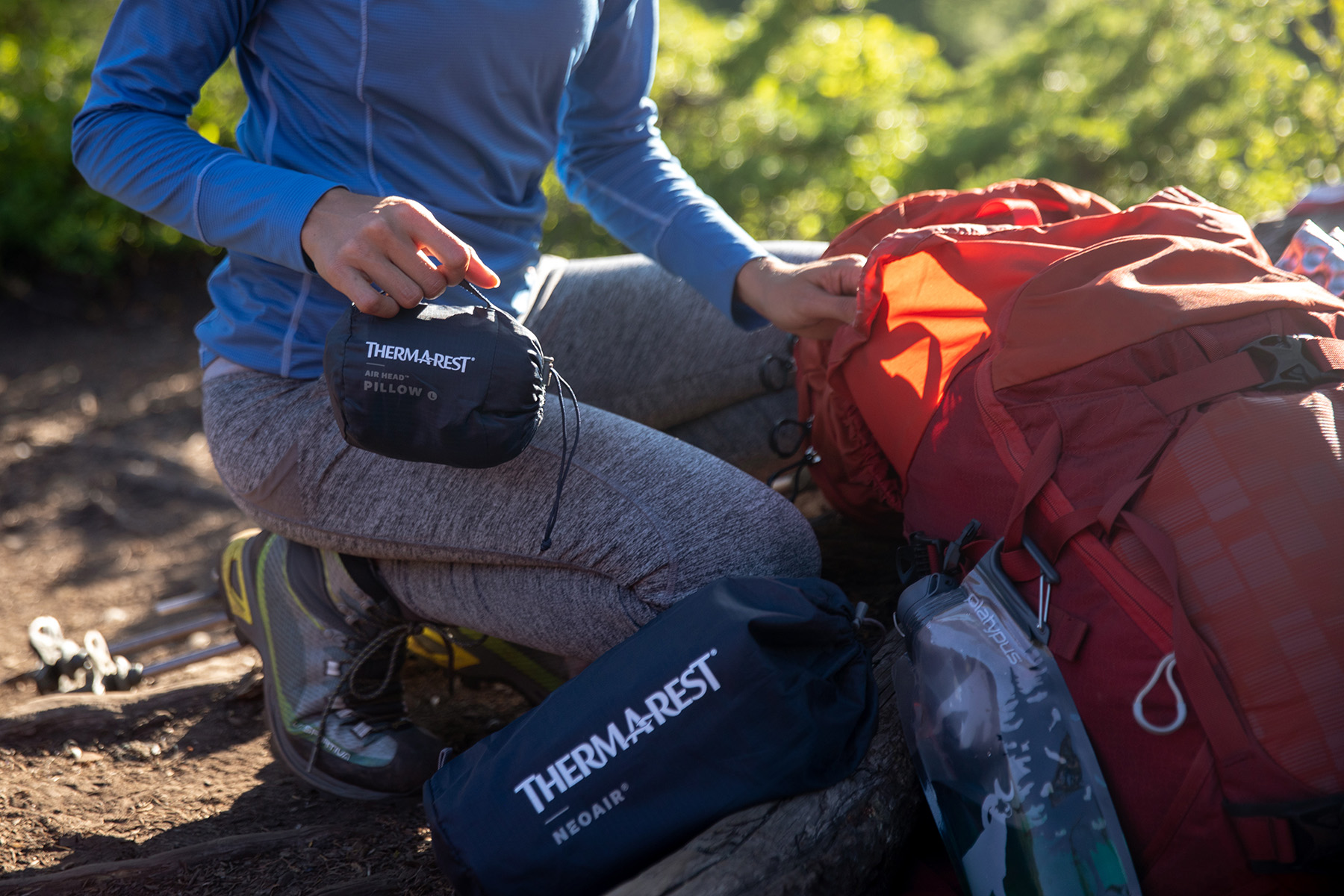
Footwear
Generally speaking, the type of outdoor shoes boots you choose should be based on the terrain. For instance, if going on a gentle hike on smoother terrain or when trail running, you can opt for regular hiking shoes or trail runners. For hiking on rougher terrain and rugged trails, you should look for more supportive footwear like for instance outdoor boots.
When in the search for the right pair, the most important thing to have in mind is choosing supportive and comfortable outdoor shoes boots that will keep you going even for longer distances. As for any other type of shoes or boots, when in the search for the right pair, make sure to choose the right fit. Shoes or boots that are too tight can certainly lead to pain and increased discomfort while too loose fit won’t provide you with the needed support. They can also cause rubbing, so the appearance of blisters and pain would be inevitable.
The last thing to have in mind is breaking in the shoes/boots before hiking. Even if you have chosen the perfect fit, still, these boots should sync with your feet properly. For this purpose, it is recommended to wear footwear inside your house and walk around the block so you could break them in.
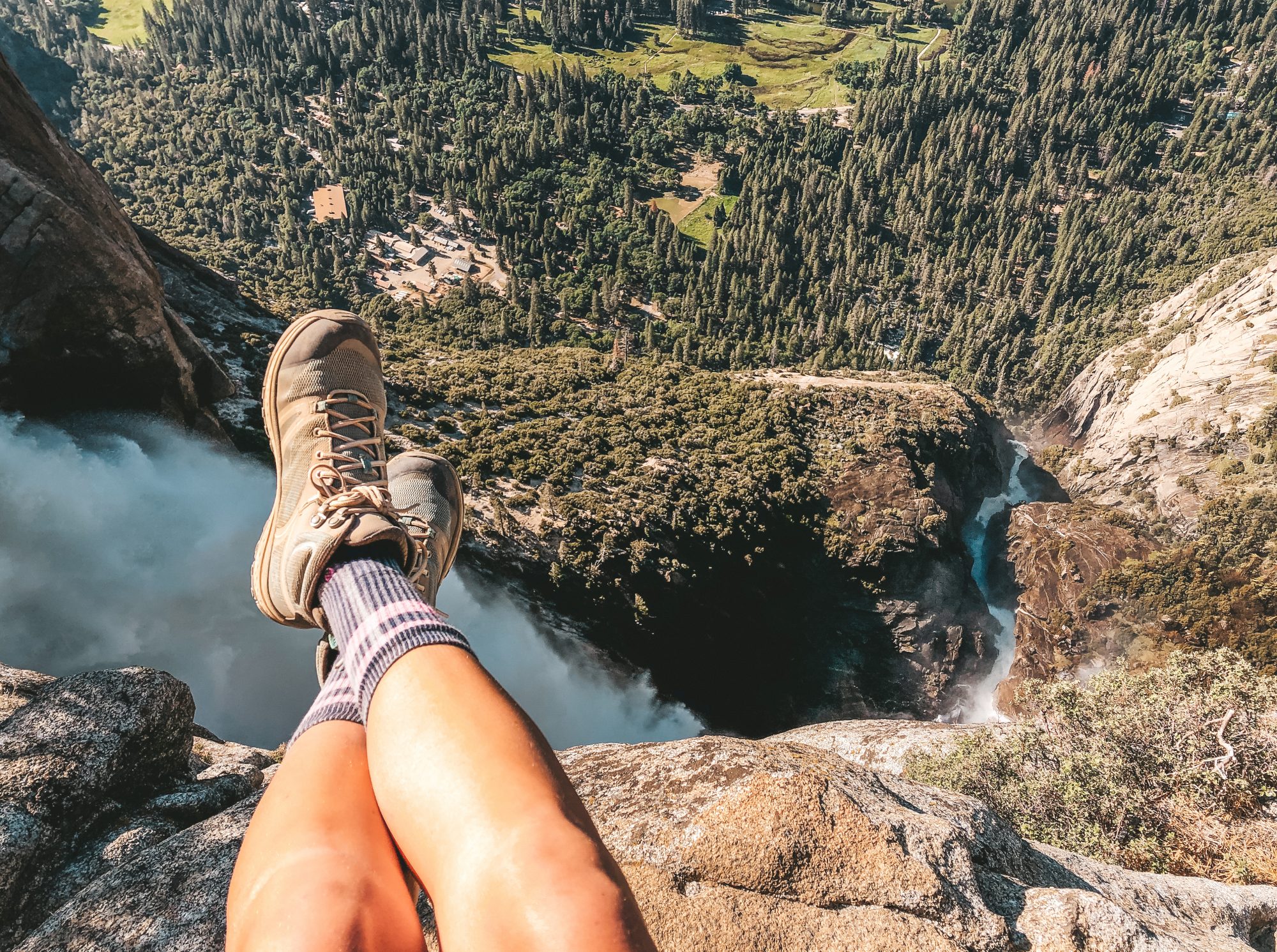
If you like many others happen to wonder ‘are outdoor shoes waterproof or not’, this mainly depends on the used material and inner footwear layers. Generally speaking, all outdoor shoes and boots are waterproof and weather-resistant, however, it’s best to check their description before making the final purchase. Even if they are not waterproof (usually the lighter summer types of footwear), still they can provide you with the needed comfort and protection. Usually, these types of footwear have a protective toe cap in order to protect them from injuries.
Clothing
The first thing you need to do when packing clothes for hiking is to check on the weather forecast. Making sure you dress properly for the conditions is crucial if you want to feel comfortable throughout this new journey. Except for the clothes you wear, it’s recommended to be prepared and pack some extra clothes for unplanned weather changes. That said, it’s recommended to choose hiking apparel made of quick-drying and moisture-wicking materials like polyester and wool. Although cotton is the first choice for many as it’s a soft and comfortable natural fibre, still, it isn’t the best for hiking because it requires a longer time to dry when wet.
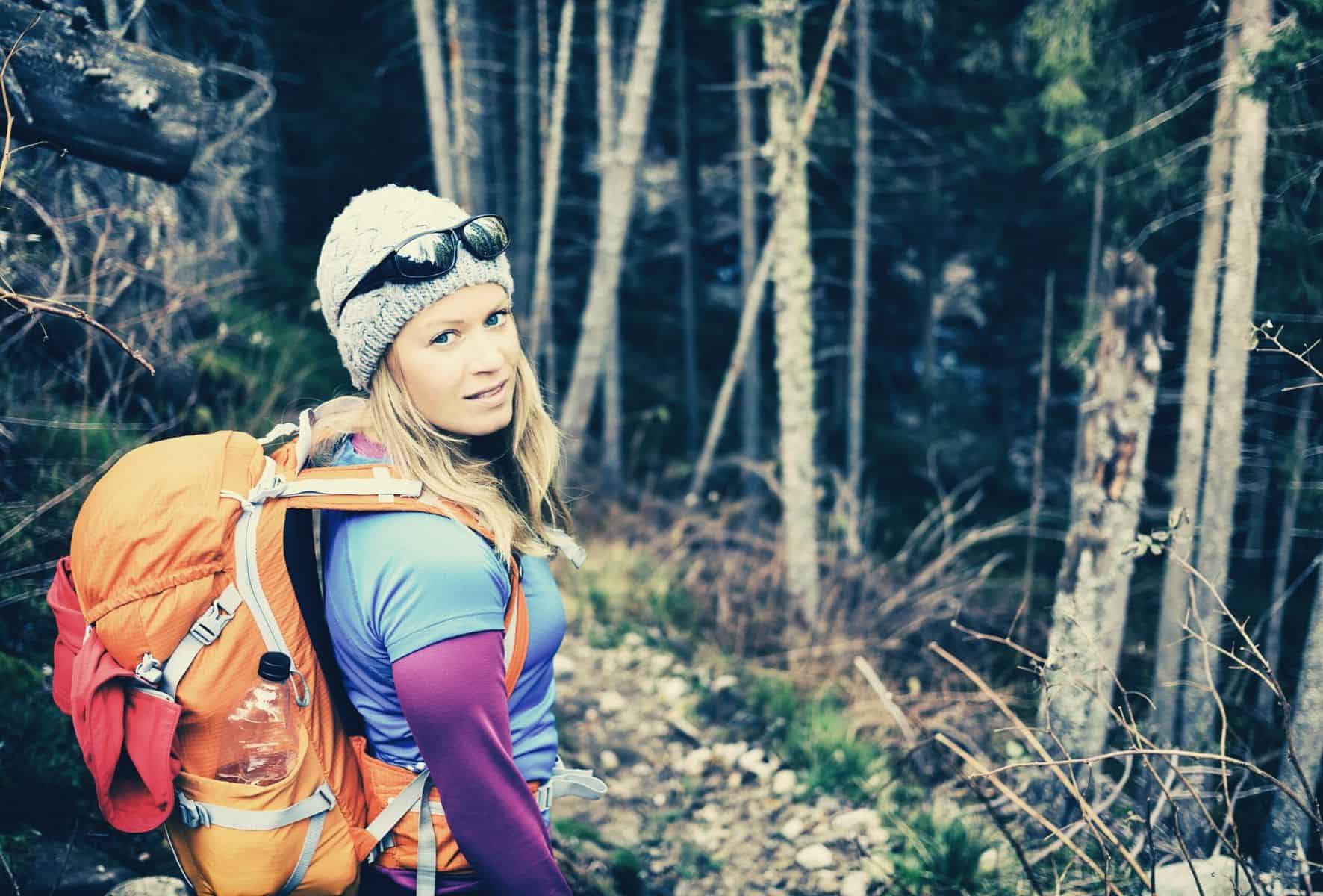
When hiking, you should wear base layers which should be mainly made of polyester and wool because they’re also thermo-insulating. The next layers you should wear are the standard hiking layers (pants, t-shirts, sun shirt and hat) and all of them need to be made of nylon or polyester.
Depending on the weather conditions, when the weather is cooler, you can wear a puffy jacket or west, warm hat, gloves and fleece pullover. Carrying a waterproof rain jacket is also recommended as you can’t entirely rely on the forecast.
Food and Water
When it comes to taking food on your hiking adventure, eating about 200-300 calories per hour is the rule of thumb. So, it’s really up to you what kind of food and how much you’ll take when hiking.
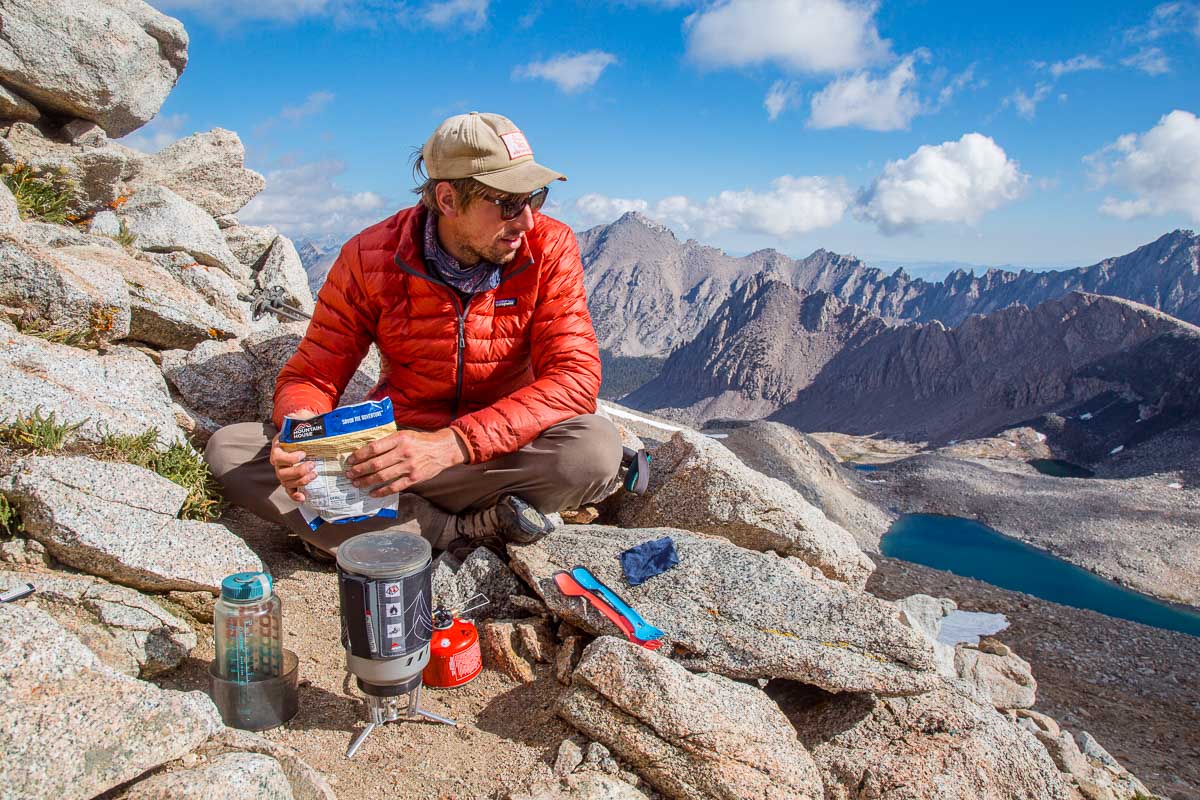
When it comes to consuming water, it’s said that you should drink about half a litre per hour when hiking moderately and under moderate temperatures. Hence, the amount of water you take is closely related to your hike intensity, the weather, your age and how much you sweat.
And since you can take litres and litres of water with you, it’s better if you invest in a portable water purifier. Practice shows that water purification is extremely important for hikers, especially when there is no clean and drinkable water. A portable water purifier is a handy tool designed to remove bacteria, viruses and waterborne protozoa from water.
Although waters filter fall into this purification category and they can remove bacteria like Salmonella, Escherichia Coli, Shigella, etc., and protozoan cysts like Giardia lamblia and cryptosporidium, they don’t have the needed properties to remove viruses. This means that they aren’t the ideal choice when wanting to purify pond water for instance.
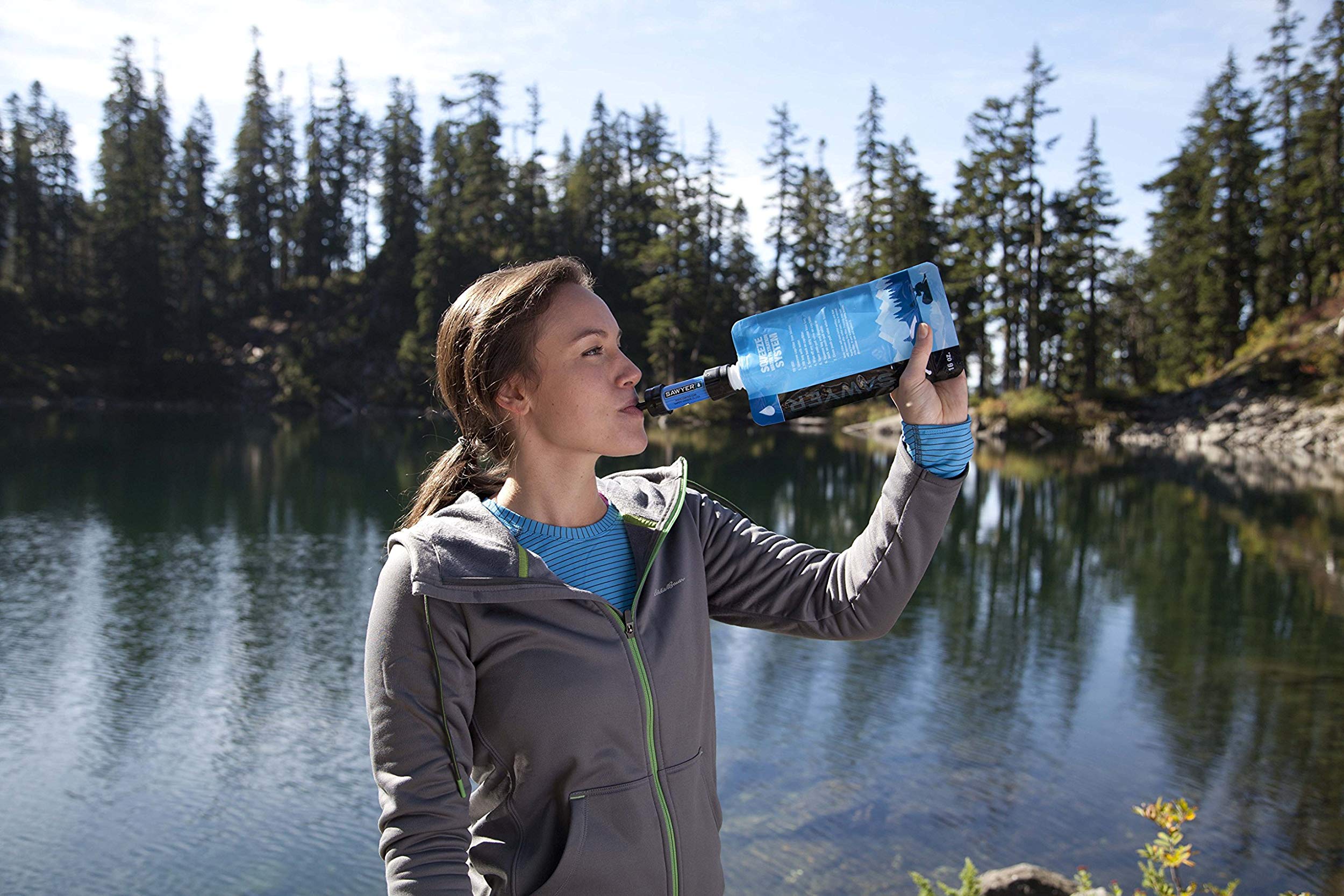
Besides removing bacteria and protozoan cysts, water purifiers can also remove even the tiniest viruses that cannot be caught by water filters. In case you’re going to hike in less-developed areas, professionals recommend investing in products that can also combat rotavirus, norovirus and hepatitis A viruses. These products, usually come in the form of tablets or liquids and they are quite successful in this. If not sure what to choose, consulting with a professional is crucial in order to make the right choice.
When comparing both water purifiers and water filters, we can see that the latter are way better at getting rid of almost any bacteria and viruses. And since you’re going on your first hike, sticking to the safer option is always a better idea.
























